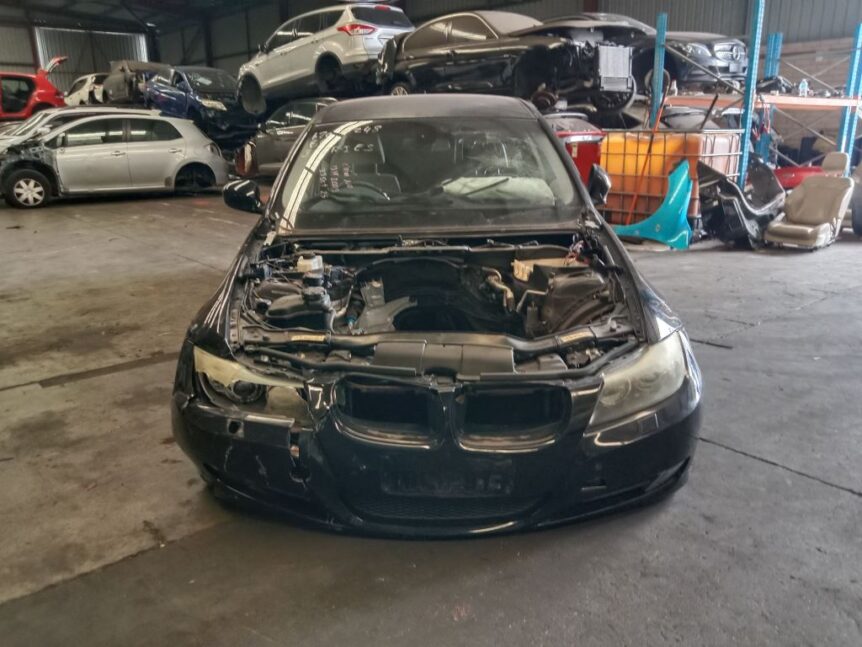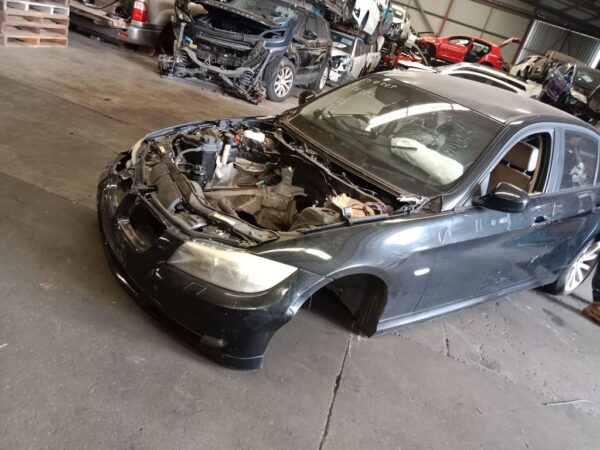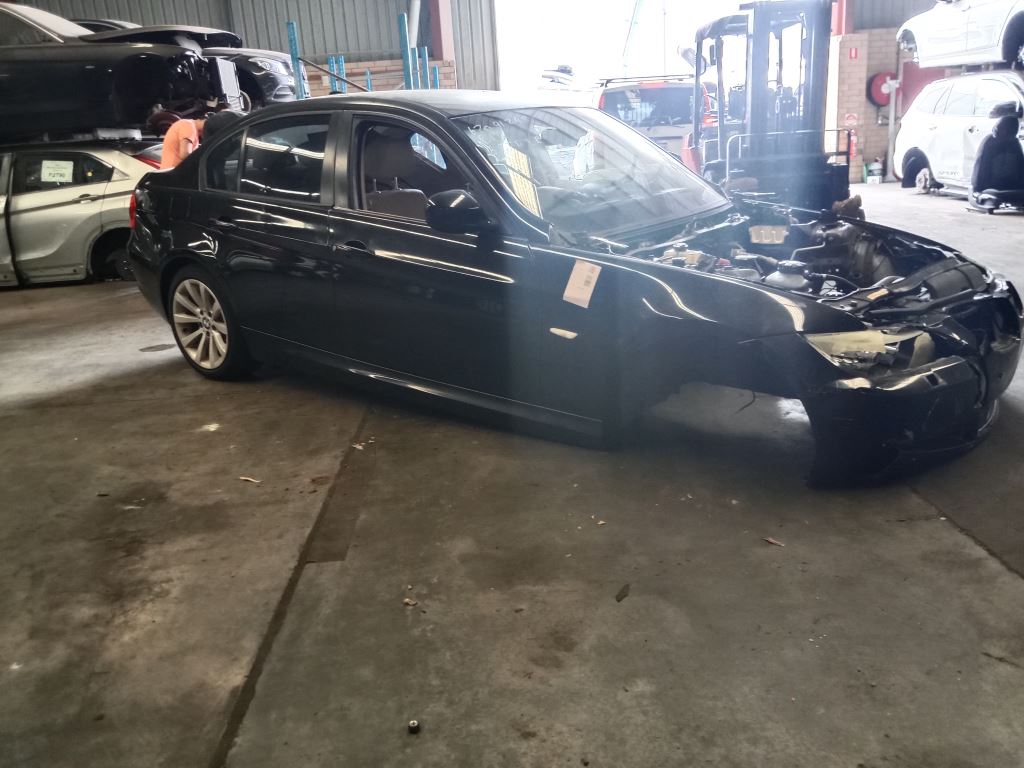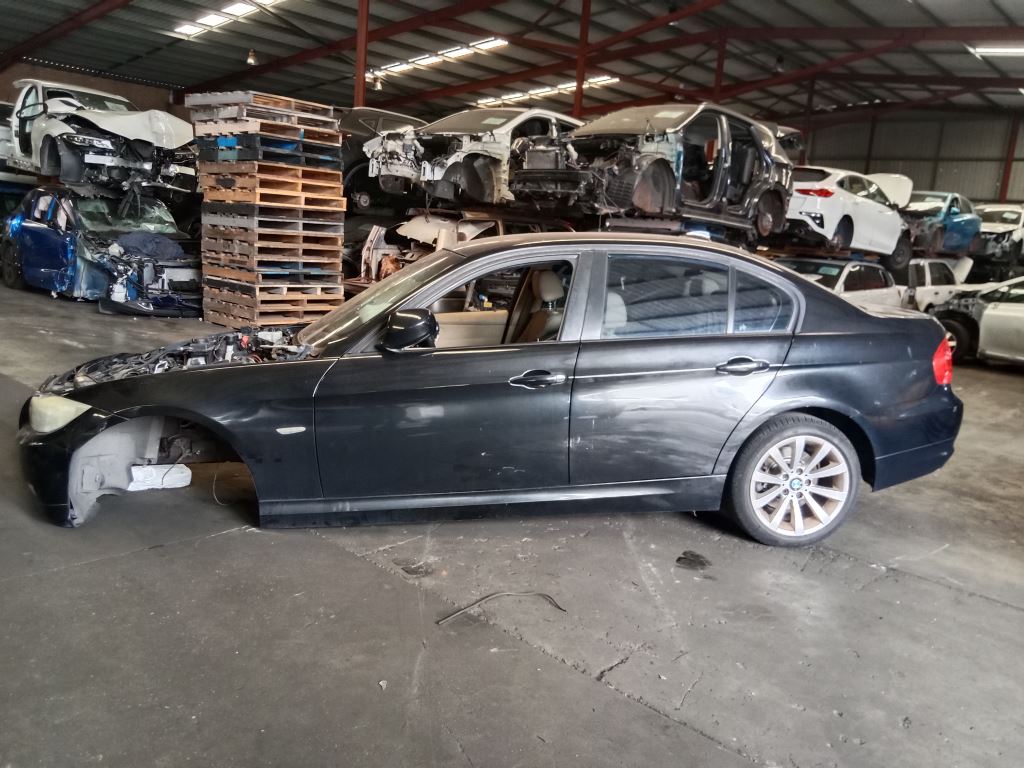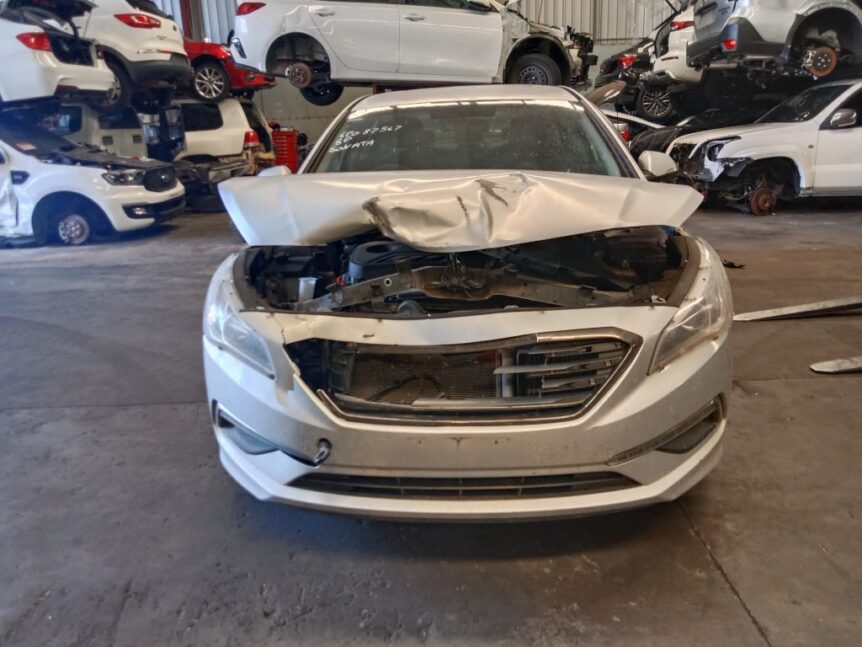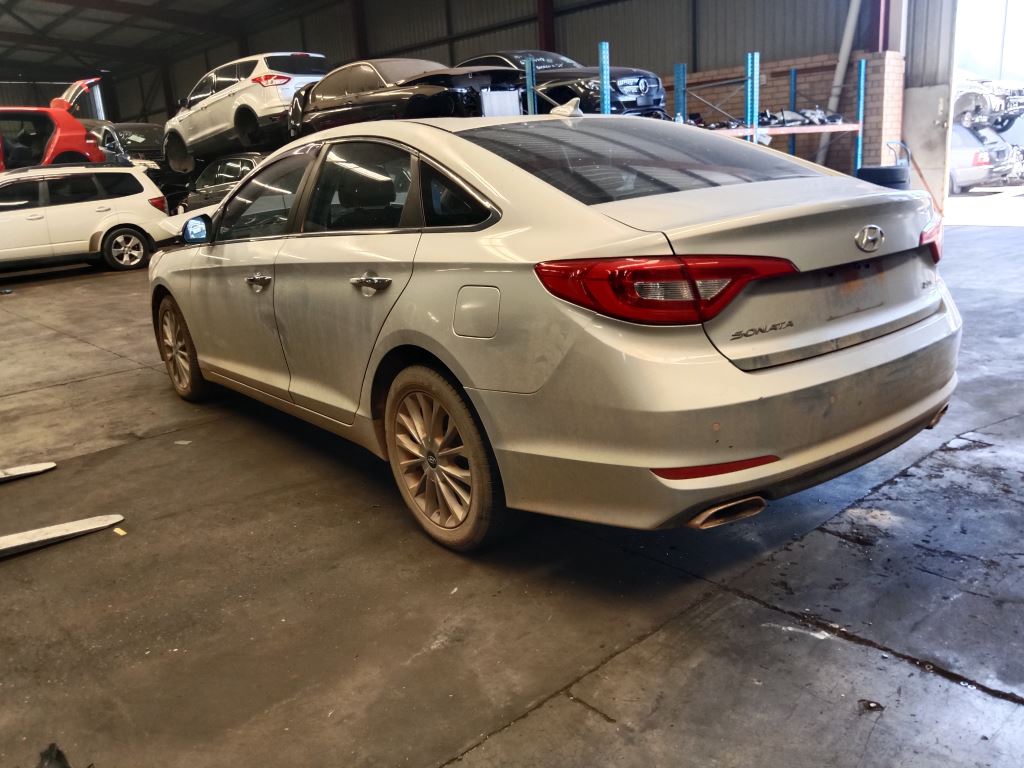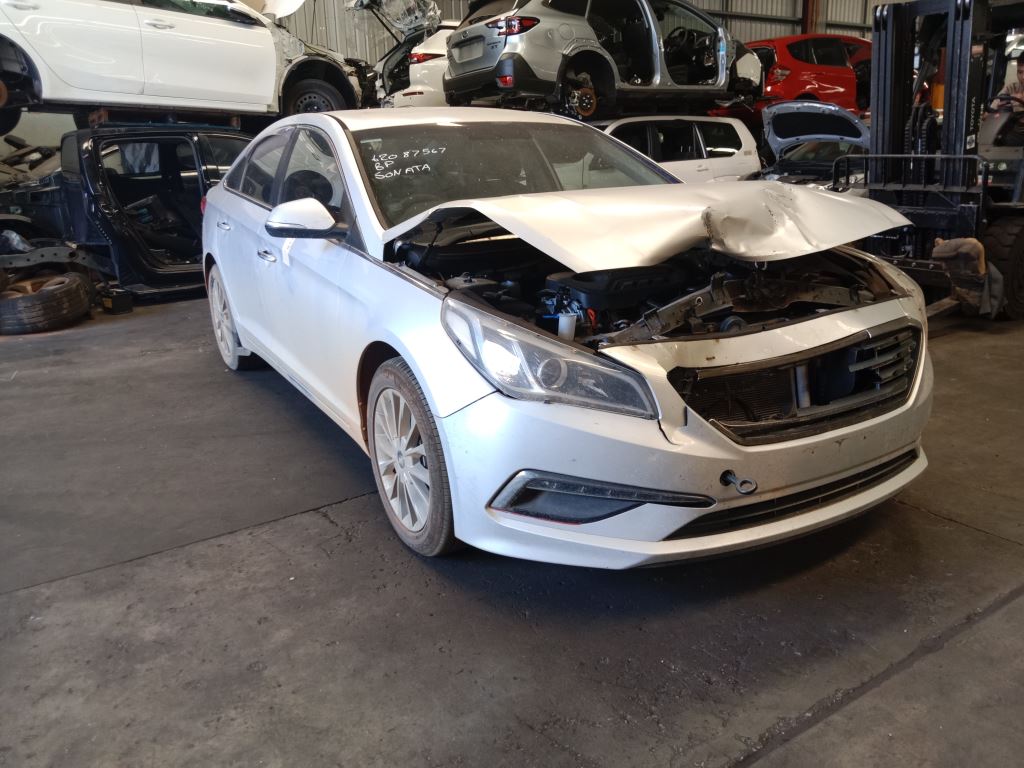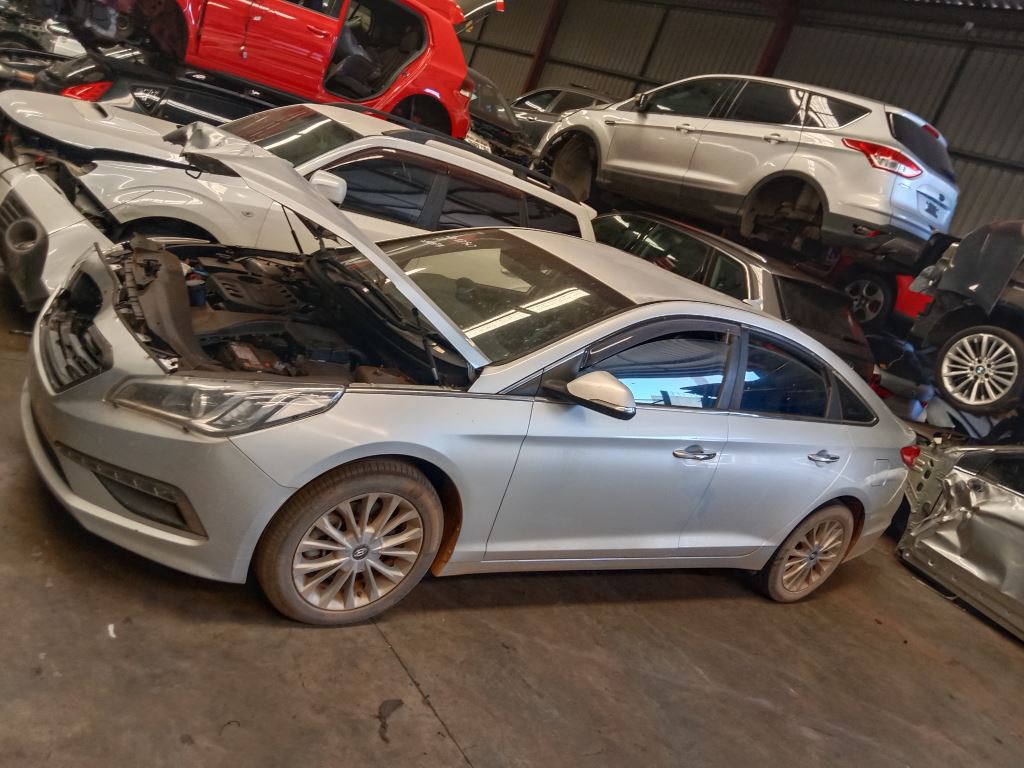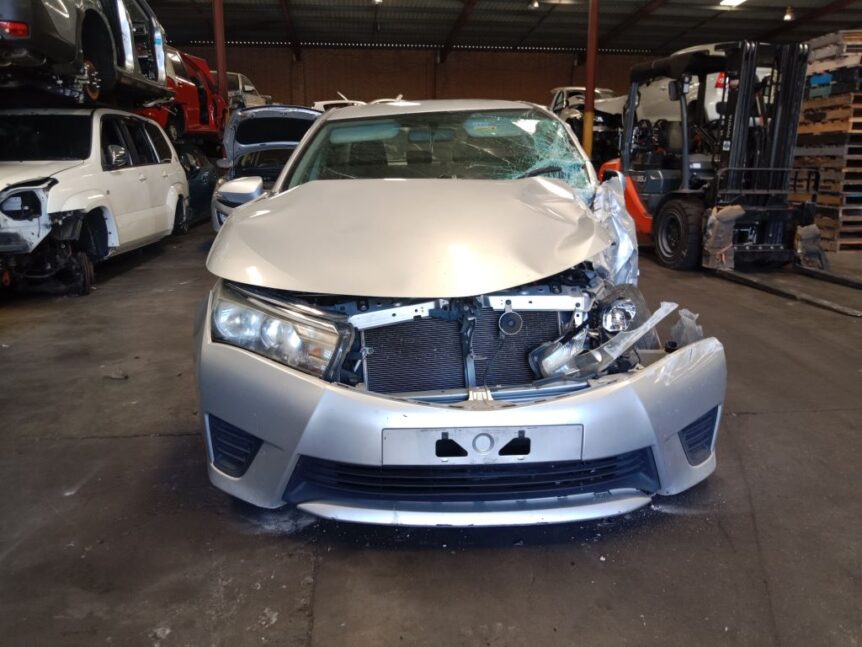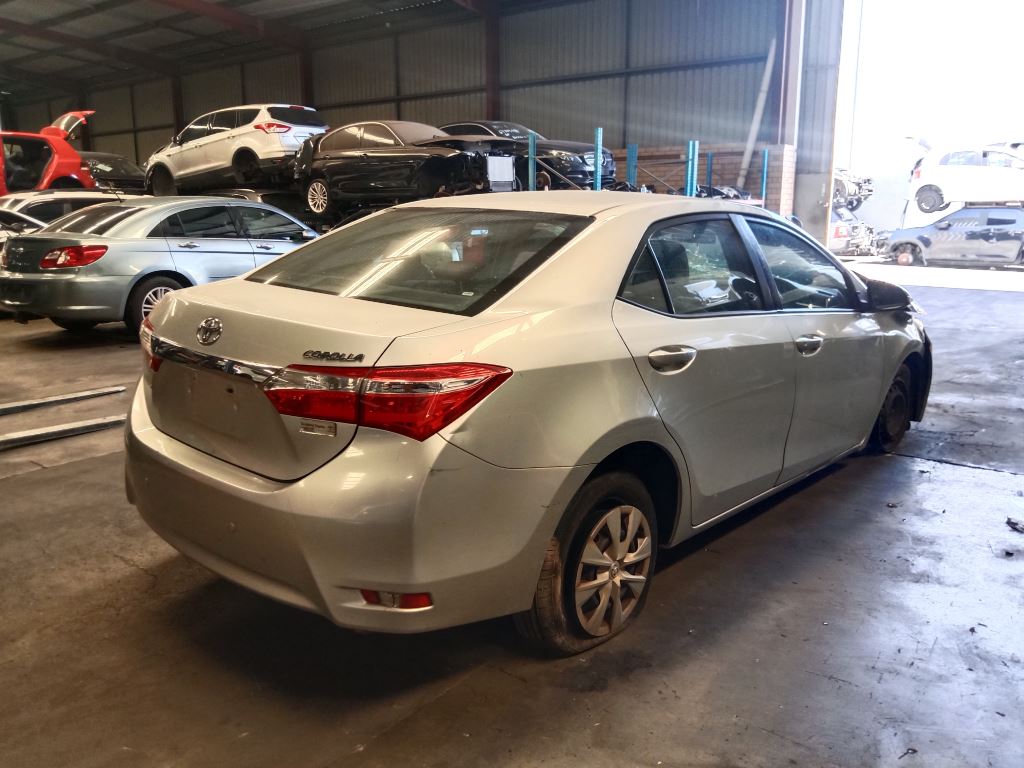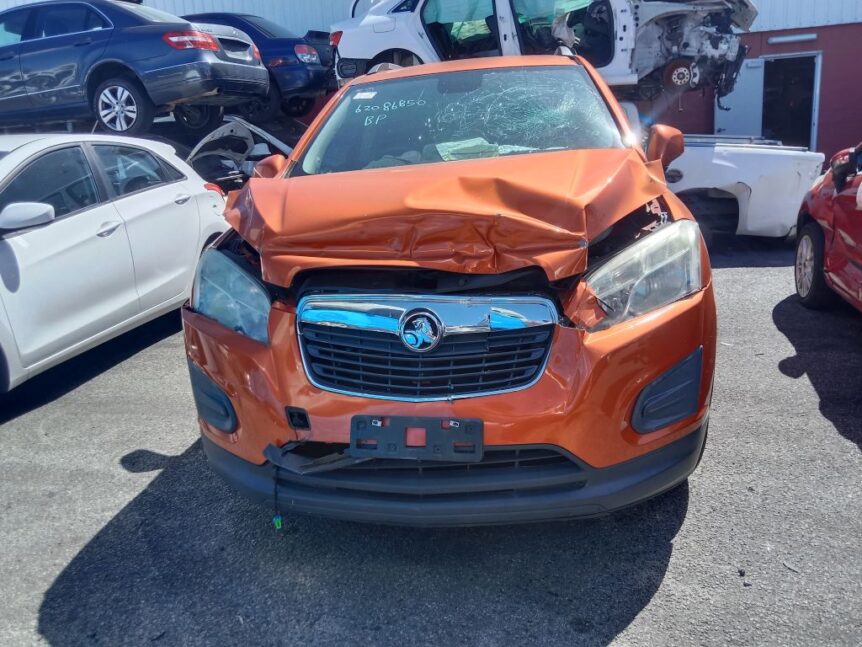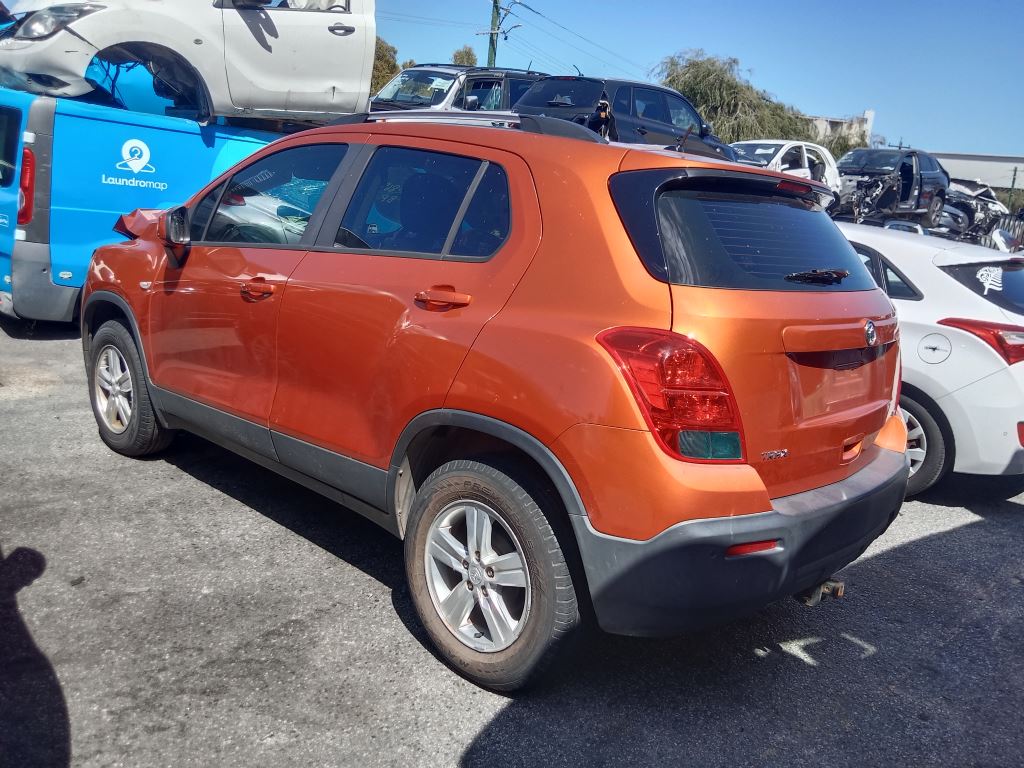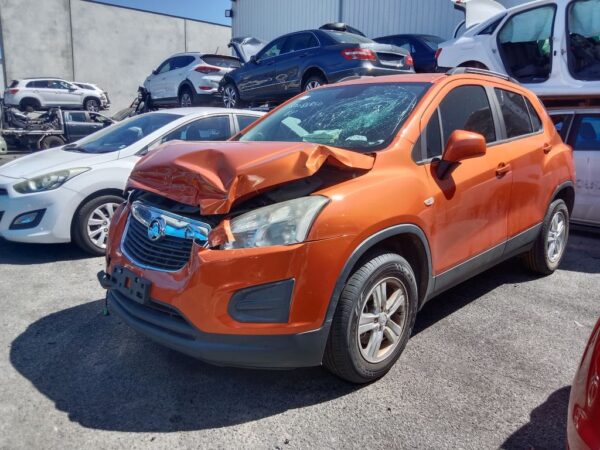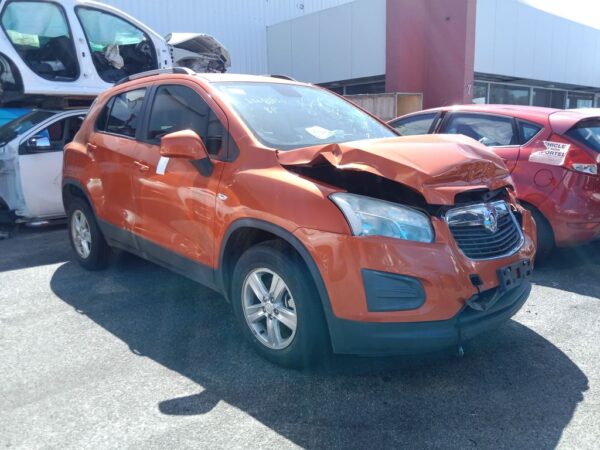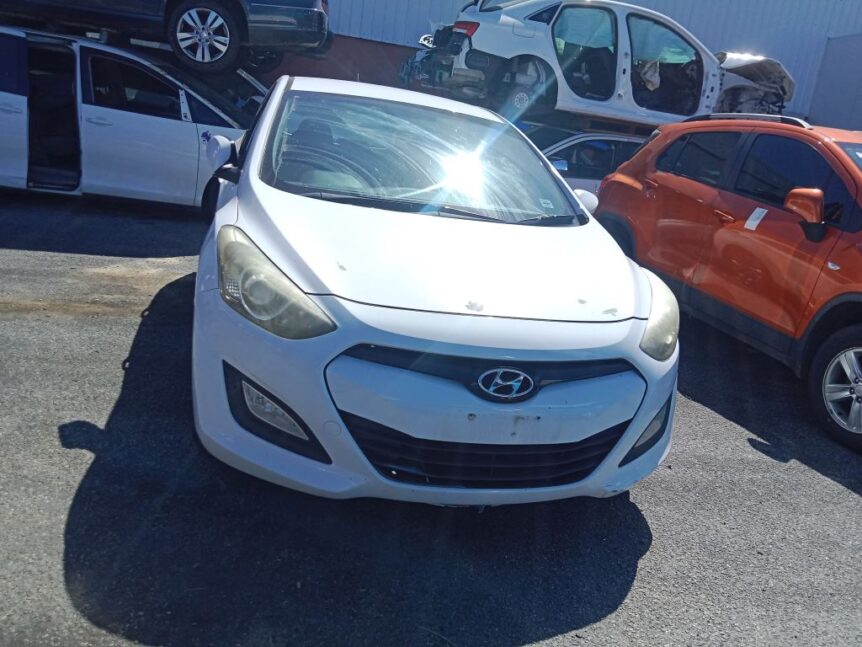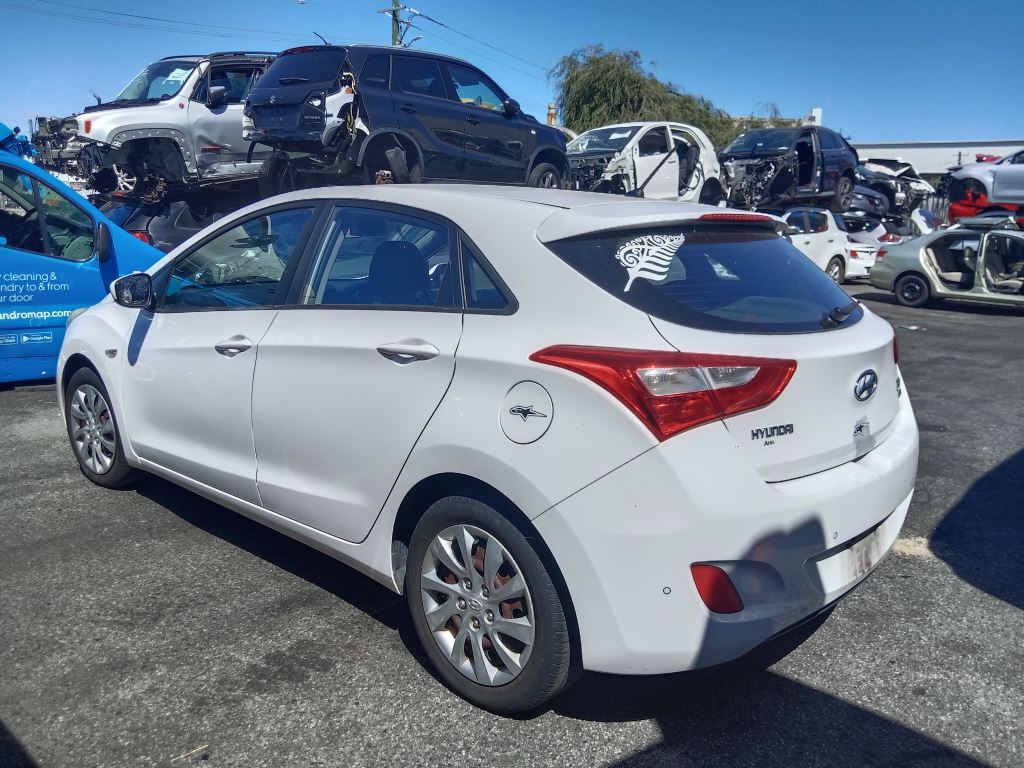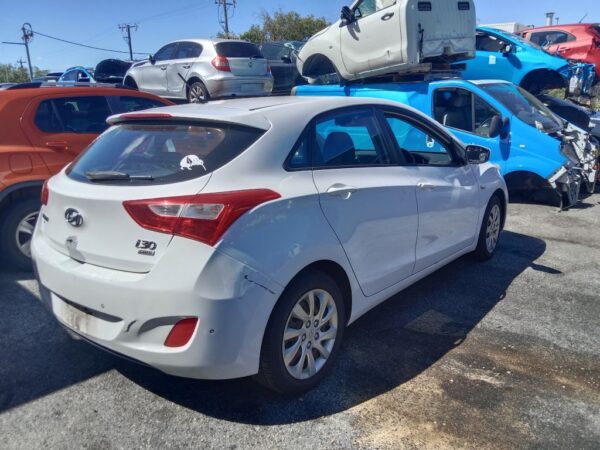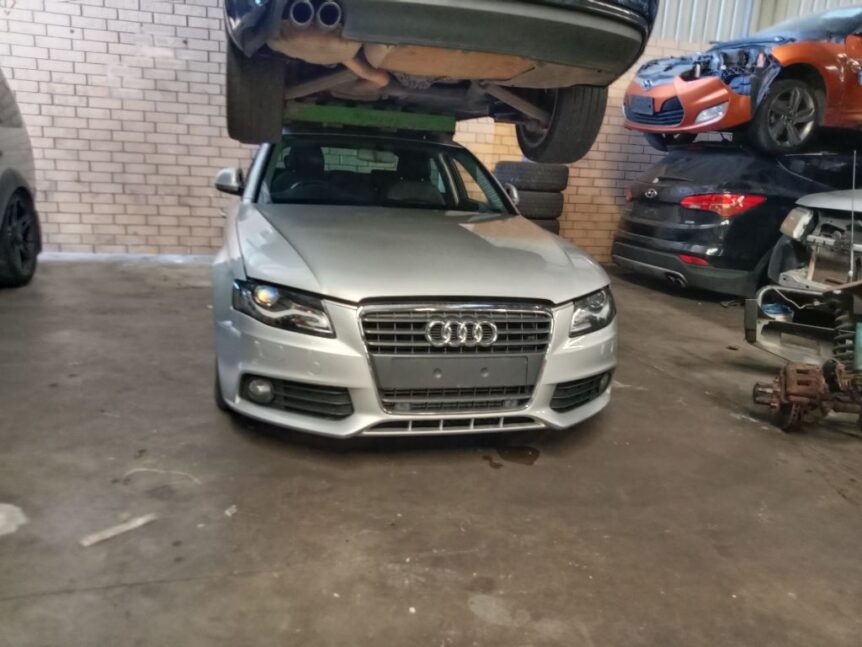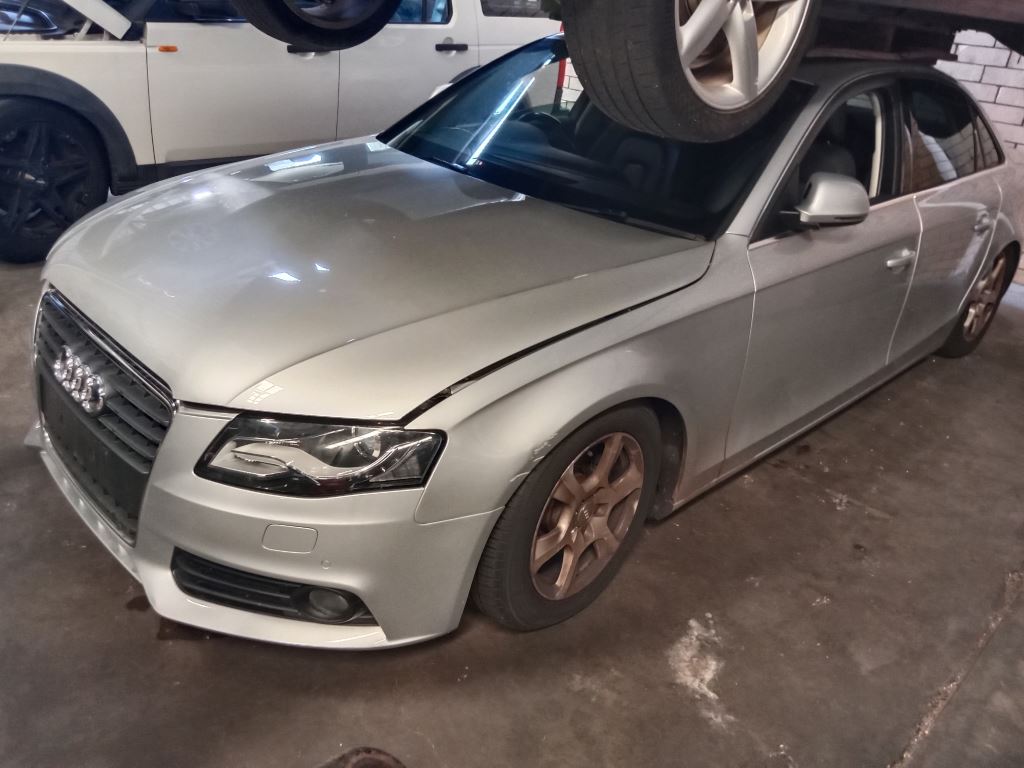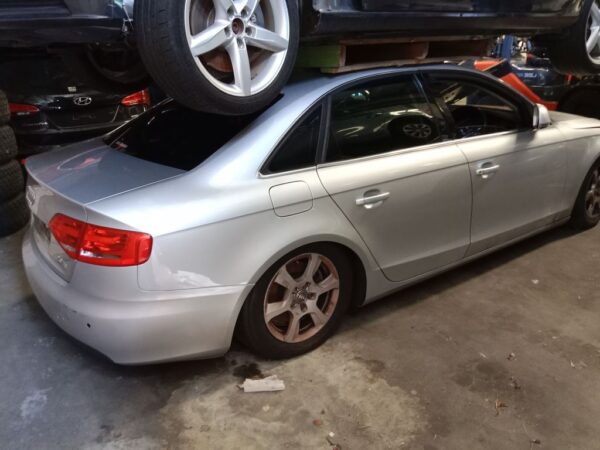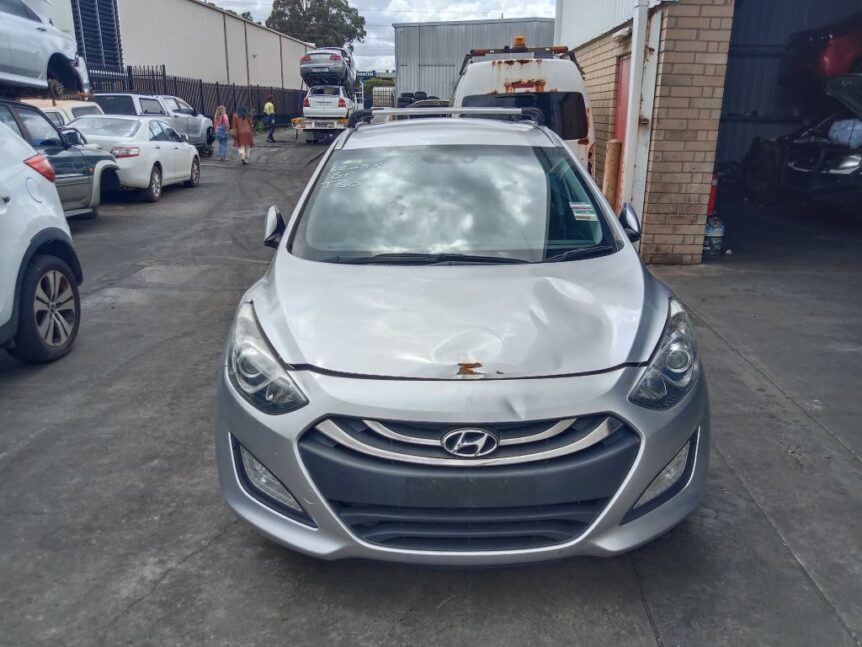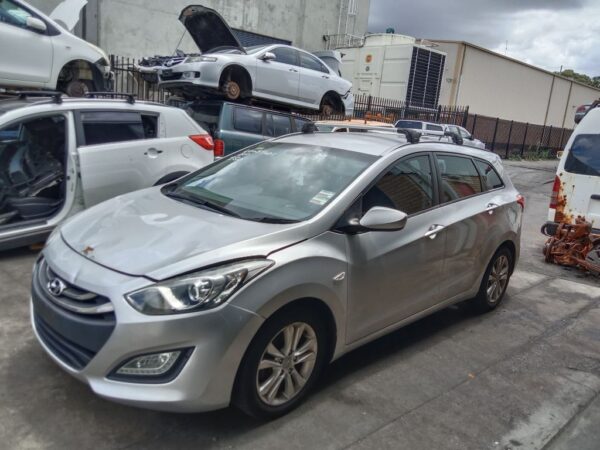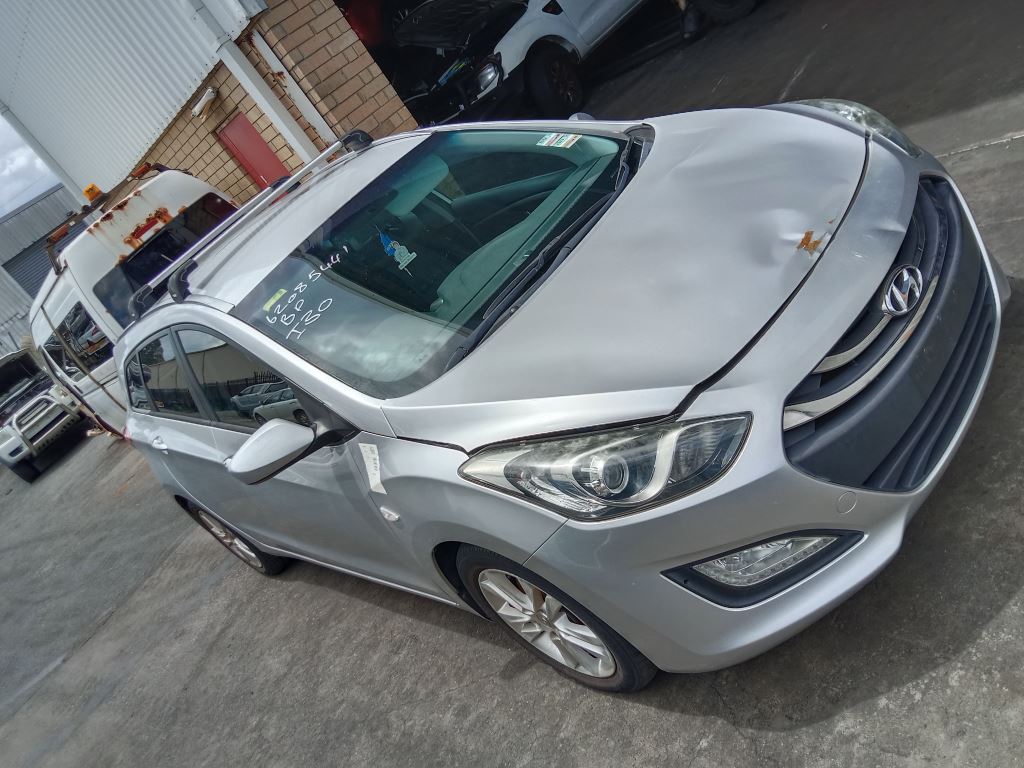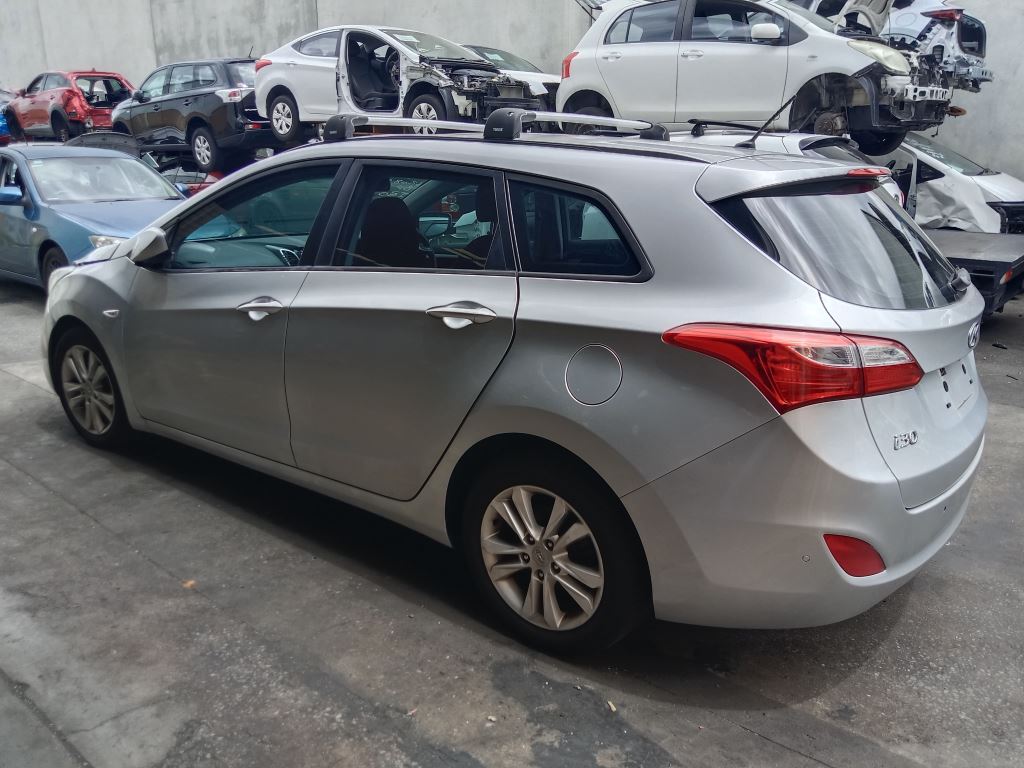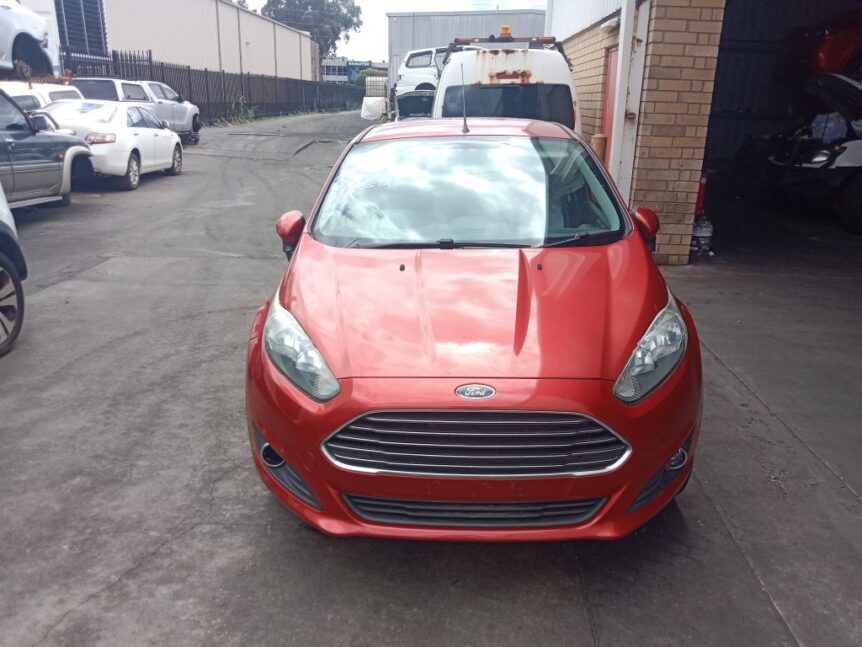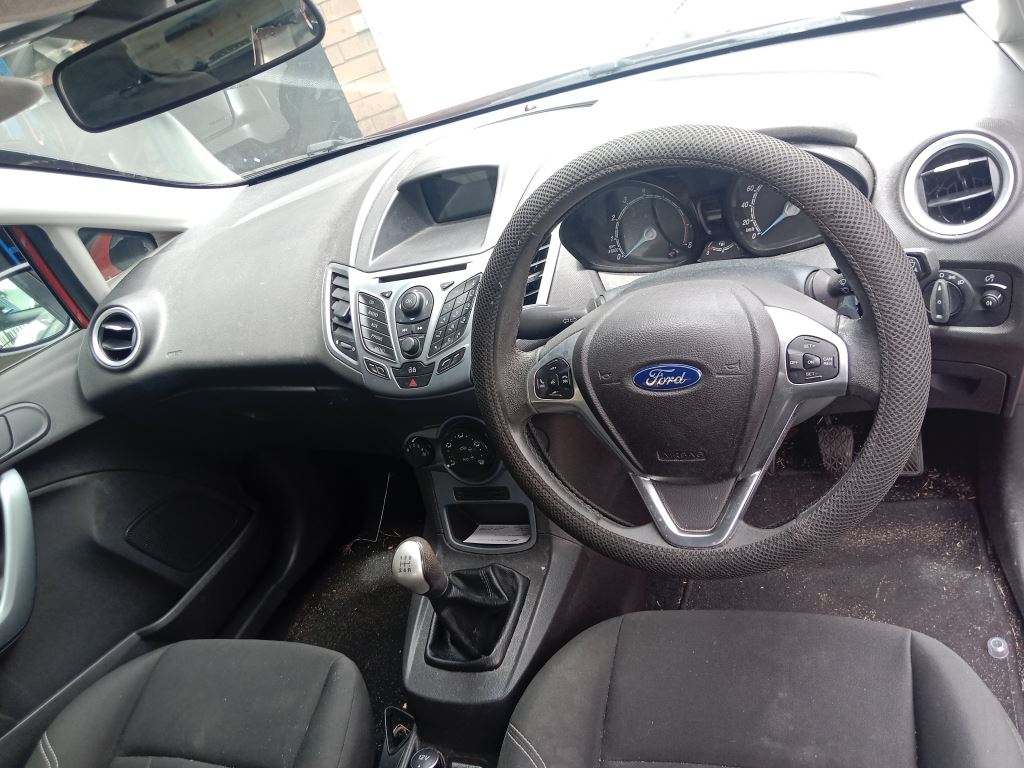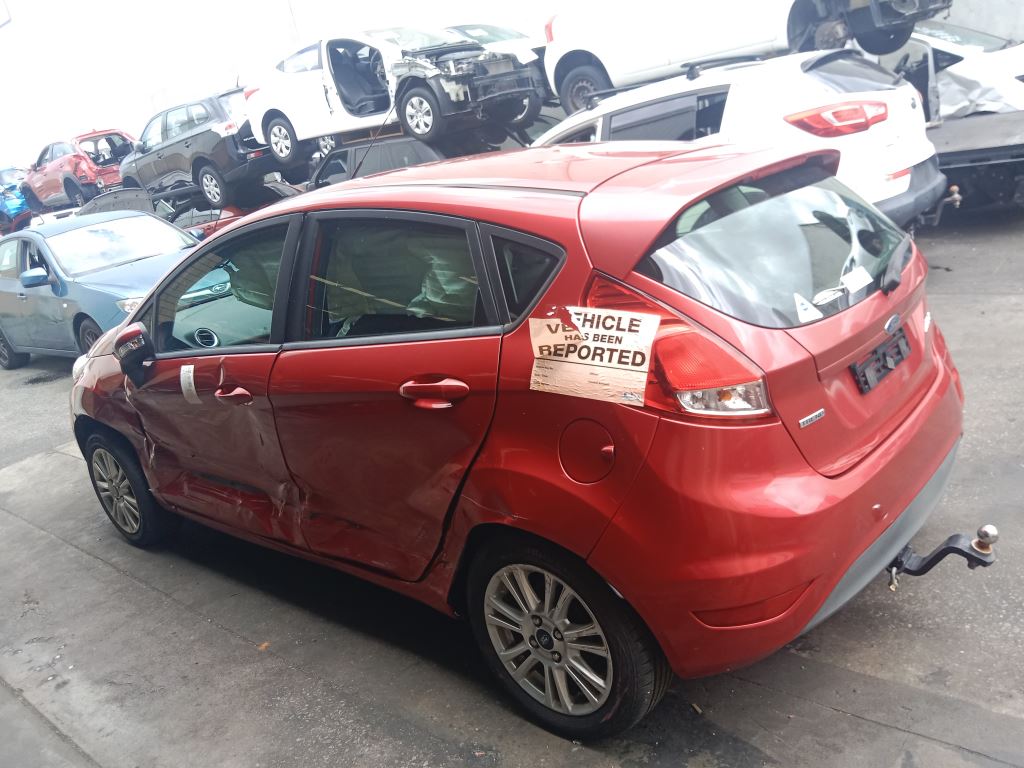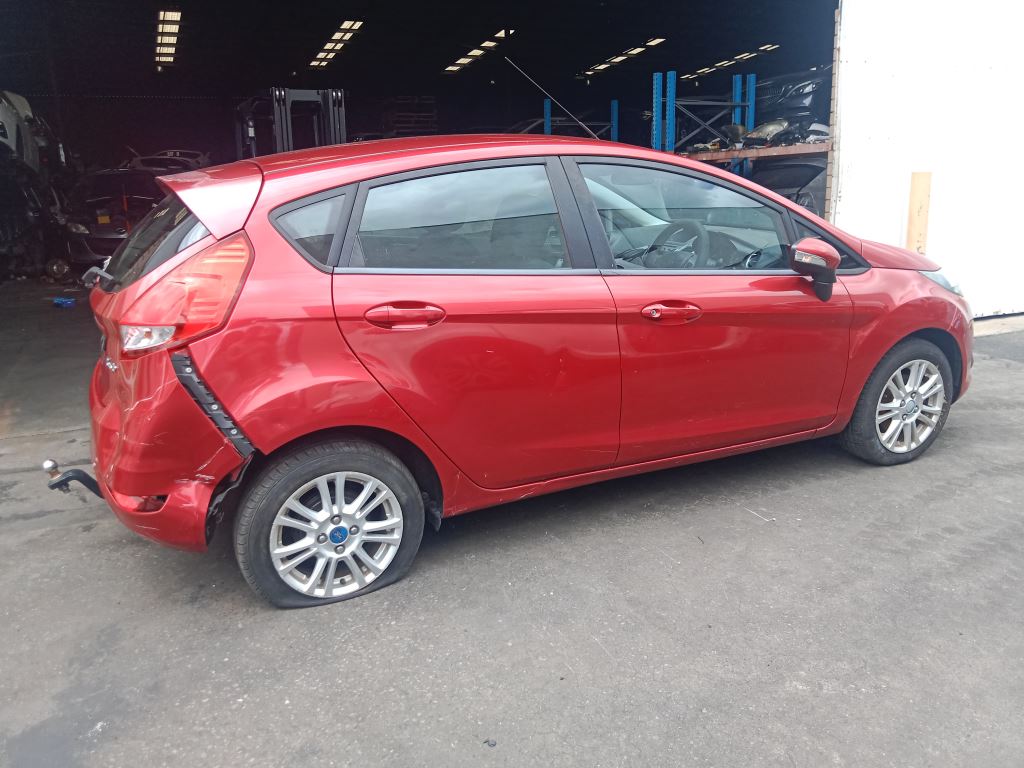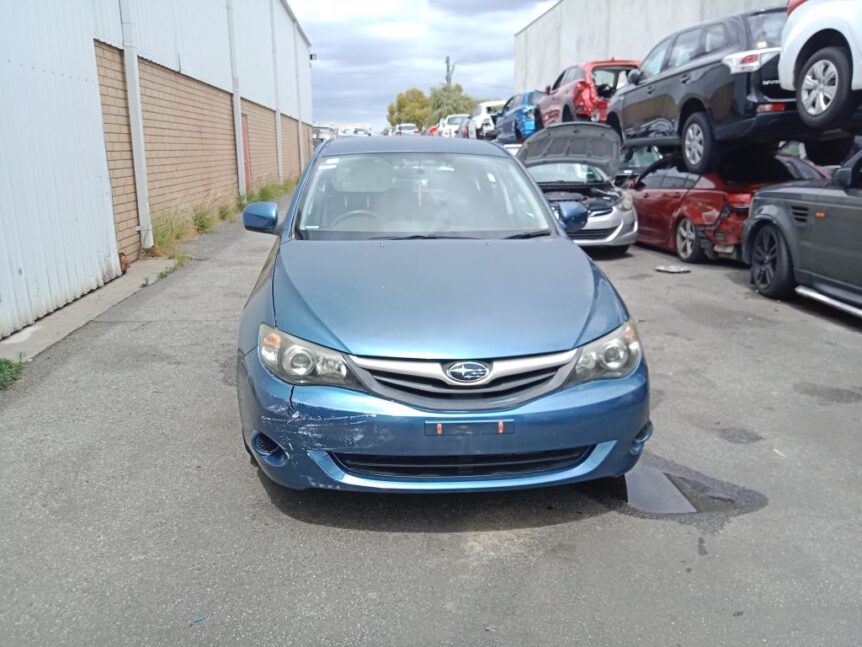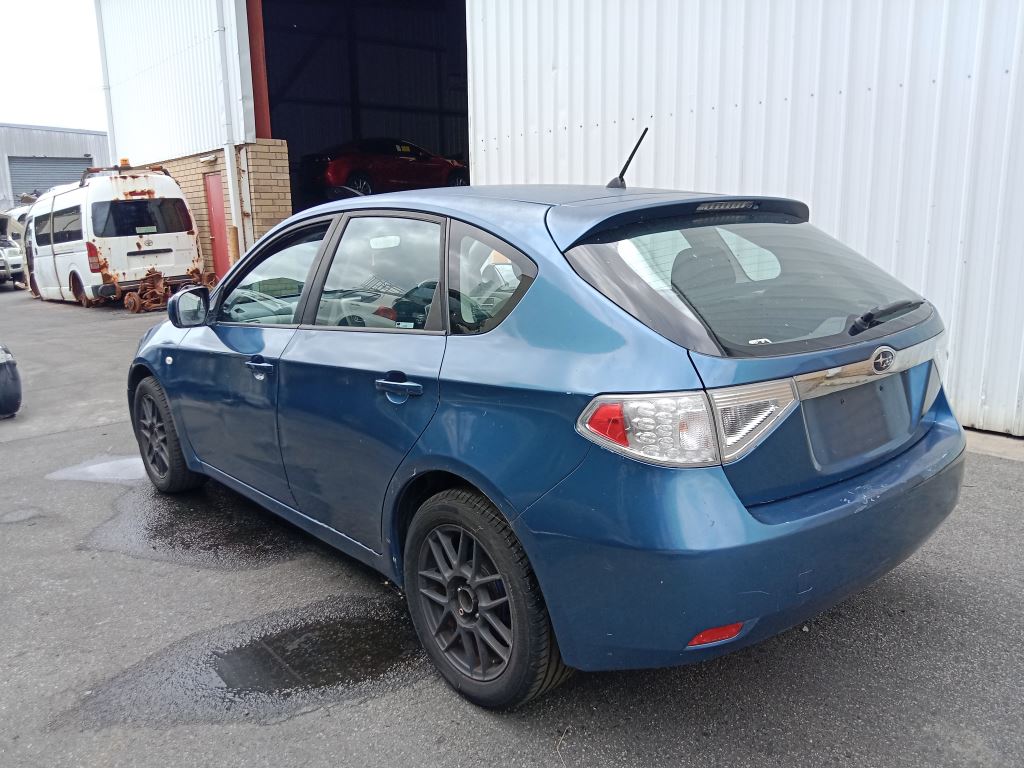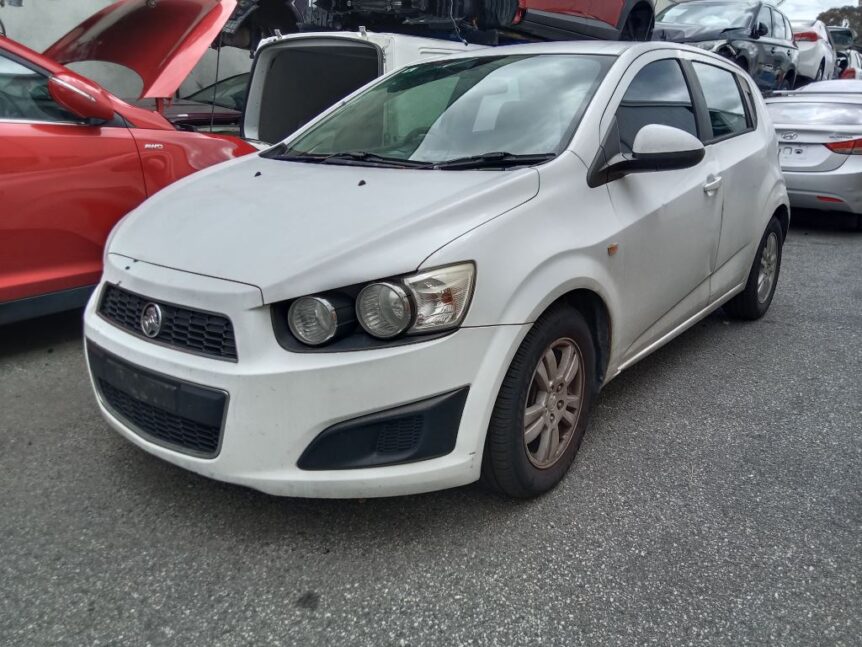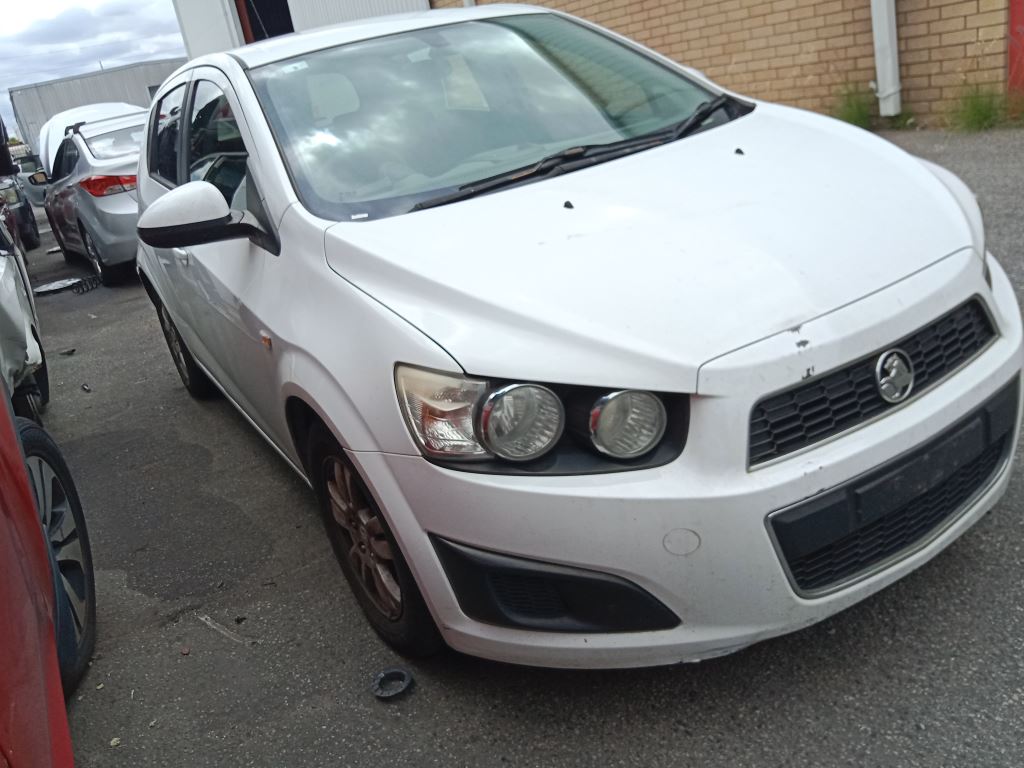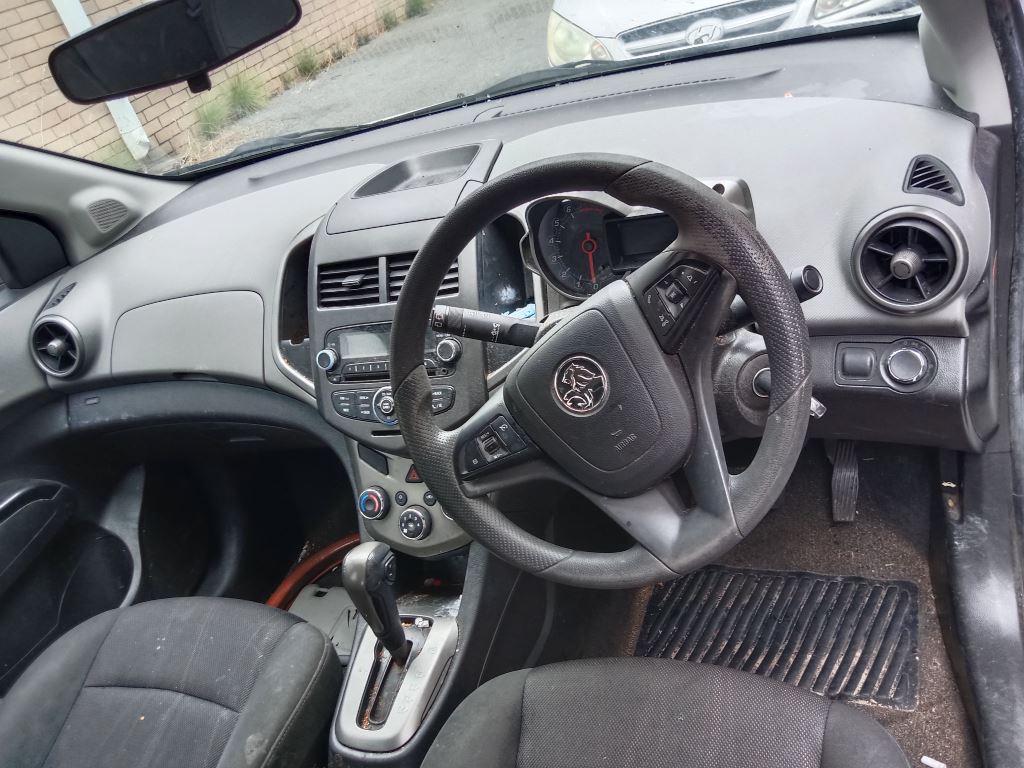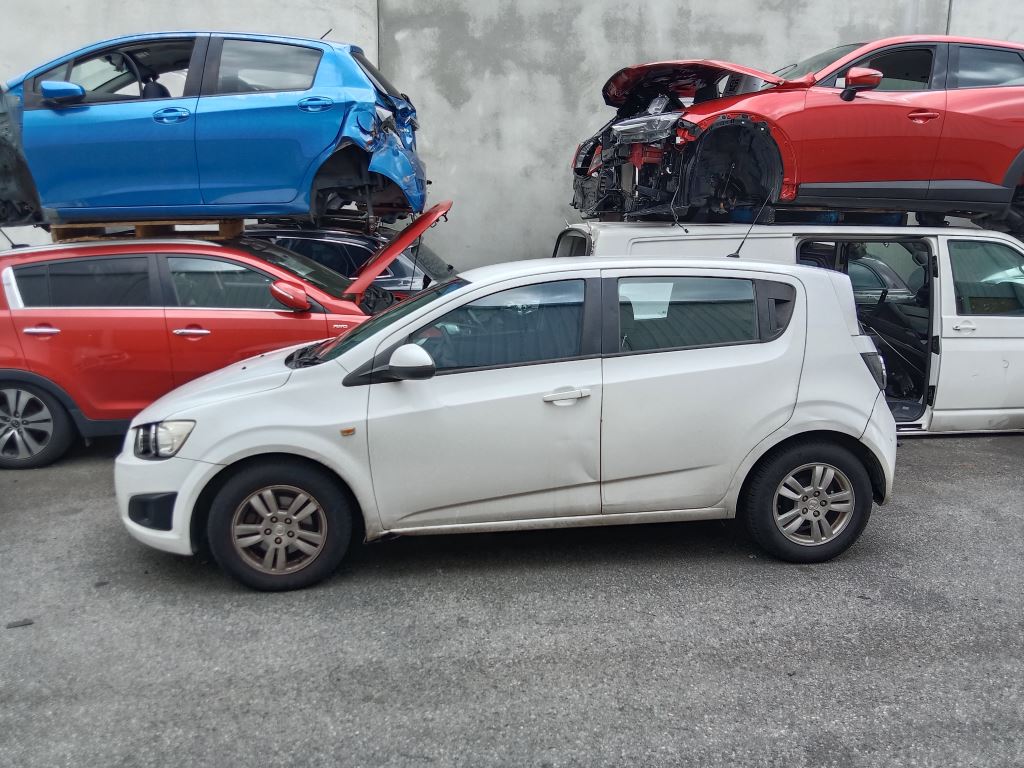Welcome WA Auto Parts, here you can find cheap auto parts, spare parts, wrecking end of life vehicles and much more. Whether if you’re the proud owner of a BMW 3 Series E90 2009 or you are doing some repairs for someone else, one thing is true: authentic BMW parts aren’t cheap.
This is precisely why a BMW 3 Series E90 2009 black we have on wrecking in our yard now represents such an opportunity. The car itself cannot return to the road but many of its parts are in great shape. Rather than allowing them to go to waste, we meticulously disassemble and look over these items and keep them in our warehouse so you can save money and your BMW running as efficiently as possible.
Whether you are after a tidy black bonnet, gear box, seats or an ECU our professional wreekers have the parts you need? RIng us on (08) 9358 1392 and we’ll pass your details onto our sales team to check if we got the one you’re after is in stock.
Wrecking 2008 BMW 3 Series E90 All Parts Available – CHEAP!
And in 3 Series E90 we have to love the car by now since that is also favored among those who want to feel like they got a premium package while saving space. It’s small enough to tackle city streets, comfortable when cruising on the highway and retains that signature BMW feel. The E90 still looks good also in a 2009 clothing, particularly when painted black.
Eventually, through accidents, hail damage, mechanical failure or insurance write offs cars like this find their way to our yard. Not that the entire car is a write off for you. In truth, it says more often than not the other.
- One of these BMW s can provide the following:
- Hard to find trim pieces
- Premium interior parts
- Factory black and straight body panels
- Genuine mechanical and electrical components
Rather than spending the money trying to find expensive new parts, you can source your own legitimate BMW parts straight from this 2009 black E90 wreck with assistance provided by a professional wrecker in Perth.

Vehicle Specs and Overall Condition
Before we even lay a spanner on any car, the first thing we do is walk around it, look underneath and under the bonnet. We want to understand three main things:
- Where the damage is
- What is yet straight and pure
- What to put on the shelf
- Such a BMW 3 Series E90 2009 black would usually have:
- Year: 2009
- Body style: Four door sedan
- Motor: Unit from the E90 range
- Transmission: Automatic, though some models are manual
- Fuel type: Petrol
- Colour: Factory black paint
- Inside: BMW-grade cabin with good seats and clear layout.
The vehicle can be one sided damaged, front or rear. The remainder of the car is frequently still perfectly useful. That’s why it matters where your official wrecker comes from. We know how to distinguish the bad from the good and we give you honest information about what you are buying.
Call us on (08) 9358 1392 and give us your VIN and tell us what parts you need – if we have this E90 in stock, we can inspect the car for you and let you know about each part in straight-forward terms.
Engine, Gearbox and Drivetrain Parts
Euro cars are fabled for their silken engines and gearboxes, but when that goes wrong the bill can be head bury-your-head-in-the-sand-painful. Purchasing a used engine or transmission from one of these trusted wreckers could be the difference between saving your beloved car and giving up on it.
- Here are the parts that WA Auto Parts can potentially provide through this BMW 3 Series E90 2009 black wreck:
- Complete engine or long motor
- Cylinder head and engine ancillaries
- Automatic gearbox or manual transmission
- Driveshafts and CV joints
- Differential and mounting brackets
- Engine mounts and gearbox mounts
- Radiator, cooling fans and hoses
- Our destruction process is deliberate and meticulous. We:
- Check for leaks, cracks and crush damage
- Check fluids and drain as necessary
- Test parts where possible
- Name the parts with model, engine and practical notes
Timed out If you’ve made it this far without a timing problem, or accrued high oil usage or gearbox faults with your E90, all is not lost! An engine or gearbox from a wrecker in good condition can revive it for a fraction of the skeleton dealer will charge.
Just get in touch with WA Auto Parts, let us know your vehicle’s information and we will assist you choose the correct one.

Black Exterior Case & Cover Panels
Panel damage is noticeable on a black BMW They made off in the direction of Market Weighton and Driffield. A dented hood, scraped bumper or scuffed door can ruin the appearance of the car. Getting paint resprayed from scratch is not necessarily as cheap – particularly if you’re wanting to retain something close to factory finish.
So if you need parts from a BMW 3 Series E90 2009 in black then trust us to tick all your boxes. From such a vehicle we could have:
- Front bumper and rear bumper
- Bonnet
- Front guards
- Front and rear doors
- Boot lid
- Headlights and tail lights
- Side mirrors
- Grille and trims
- New roof mouldings and other exterior components
Even when the car was tapped in one place, other panels are quite straight and clean. Your E90’s black door could potentially bolt straight onto another black E90 and look so close to factory after a light polish.
- This is ideal if you:
- Had a little mishap and need a clean solution
- Are just fixing up a used car to sell it
- You own a project E90 that requires nicer panels
- Have a workshop that wants to keep paint and labour costs under control.
Just ring us on (08) 9358 1392, let us know what panel you are after and we will assess condition, provide a brief set of notes as to any marks and help select the best example.
Interior, Safety and Comfort Features
The inside of a BMW is typically its owner’s love affair point. We sat in supportive seats, beheld a clean dash and touched solid materials that gave the appearance of premium. After years and years of use, however, seats sag, trims crack, buttons wear off.
- From this 2009 black BMW 3 Series E90 our wrecking crew is currently dismantling interior parts, including:
- Front seats and rear seats
- Seat rails and adjustment mechanisms
- Door trims and handles
- Dashboard and centre console pieces
- Steering wheel and column covers
- Gear shifter and handbrake trim
- Interior lights and switches
- Boot trim and parcel shelf
- We also pay close attention to comfort and safety features:
- Climate control unit and vents
- Audio or iDrive components
- Speakers and wiring
- Air Bags and Seat Belt Pretensioners, if applicable
All are checked for excessive wear or damage. We don’t put anything on the shelf if it’s too roached. In this way when you are revamping your own BMW interior by using WA Auto Parts parts, do not trade the old for the old. What you’re doing is picking better condition parts that can simply freshen up the cabin.
Electrical and Electronic Parts
Newer models from BMW have a lot of electronics including E90. One single sensor or module being bad might be all that is showing up on your dash, warning lights or weirdo running. It’s one of the most expensive parts of owning a European car, actually purchasing brand new replacements for these items.
BMW 3 SERIES E90 WRECKING PARTS From this 2009 BMW 3 Series e90 black we are wrecking for parts WA AUTO PARTS AND DISMANTLING.
- Engine control unit (ECU)
- Body control and comfort modules
- ABS and other sensors
- Alternator
- Starter motor
- Power window motors and regulators
- Central locking actuators
- Mirror adjustment motors
- Headlight and tail light units
- Wiper motor and linkage
- Switching devices inside of vehicle and steering switch assembly
These panels are taken out carefully. We keep plugs complete and we don’t make unnecessary damage to looms and connections. All you have to do is make a ‘phone call to our yard and ask our friendly staff, when you supply us with your VIN or the parts number we can usually tell you instantly if that part is compatible for this BMW E90.
The advantage of choosing a local wrecker in Perth such as WA Auto Parts is that you get someone who understands what both the mechanical and electrical side of these cars mean and can discuss with you clearly about what it is you are buying.
Why opt for second-hand BMW E90 parts at WA Auto Parts
There are many reasons why both car… E90 bmw parts and accessories, It does not get bigger than this.
Genuine BMW Quality
They are not cheap generic copies. These are real BMW parts that featured as standard equipment on an actual E90 3 Series. That means:
- Correct fitment
- Correct feel and finish
- Reliable operation when installed correctly
- Real Savings on Premium Cars
- BMW parts at a dealer can break the bank on any repair. Purchasing from a wrecker such as WA Auto Parts can:
- Cut labour and parts costs
- Enable large fixes of older cars
- Help you keep a decent E90 on the road instead of it getting sold for pennies
- Factory Black Panels
This car is factory black so a number of the panels will blend in nicely on other E90 models. That can you save time and money on painting, and preserve the original look of the car.

Recycling that Actually Helps You
The recycling of cars is not merely about smashing metal. It’s giving good parts a second life. Each item is being sold as one job lot and is off from this 2009 black BMW E90 3 Series. It’s better for your wallet, and it’s better for the earth.
Local Wrecker, Real People
We are located in Perth, Western Australia. You can phone us, get advice, send pictures of the part you need and in most cases come to visit. You’re not trying to buy some item online from a mysterious seller.
At all stages, WA Auto Parts strives to be helpful, transparent and reasonable.
How to Enquire and Purchase Your BMW Parts
So if the BMW 3 Series E90 2009 black wrecking is your parts donor, you know what to do next!
- Here is how to secure what you need:
- Phone WA Auto Parts on (08) 9358 1392
- Let us know if you’re chasing parts from the BMW 3 Series E90 2009 black wreck
- Send me your VIN and the parts requested
- We will look it up for you!
- You can organise for collection or inquire about delivery.
If you also have a wrecked, non-running or otherwise unwanted car, keep in mind that we are not just an automotive recycler. We’re also car buyers and offer free cars wrecking service in Perth. We can tow your car away, pay you and then strip it the same delicate way we dismember this BMW.”




